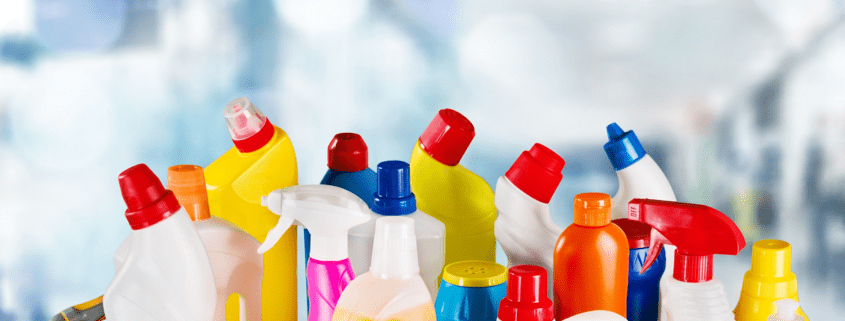History of Women’s Chemical Exposure to Household Chemicals
Every job has different day-to-day responsibilities, just as every job has different tools—a sports newscaster needs a microphone, and a plumber needs a wrench and tool kit. When it comes to maids and housekeepers, their tools are also easily identified: cleaning supplies. But unlike a sports newscaster or a plumber, the tools, or cleaning supplies, that housekeepers use can contain toxic chemicals. In this blog post, we’ll dive into the world of household chemicals by taking a look at the history of women’s chemical exposure in maid and housekeeping positions from recent years.
History of Women’s Household Chemical Exposure
According to the Bureau of Labor Statistics, 82.3% of people employed as a maid or housekeeper were women in 2002. Later in 2020, the Bureau reported an increase in the percentage of females in housekeeping positions, accounting for 88.3%. Eighteen years and a six percent increase later, it’s safe to say that maid services consist mainly of females. And while this field of work presents itself as a great opportunity for women to have a career, it does come with certain risks.
Household cleaning solutions such as floor cleaners, oven cleaners, and more contain several hidden toxins such as:
- Ammonia
- Formaldehyde
- Sodium hydroxide
- PERC
- & more
Prolonged exposure to toxic chemicals can have several negative health effects including triggering asthma, causing chemical burns and poisoning, as well as causing various types of cancer. In addition, pregnant women consistently exposed to any one of these harmful products are at an increased risk for their child to be born with birth defects.
Since women make up the majority of maids and housekeepers, it’s women who mainly handle and are exposed to toxic household chemicals, thus suffering the consequences more than men in this field.
What Can Be Done about Household Chemicals?
The first step is awareness. Educating cleaning companies on the dangers of the chemicals they are using is key. Next, they can start seeking a safer solution to toxic cleaners.
Luckily, there are some safer alternatives to toxic household chemicals. At Ecolink, we provide companies with cleaner and greener solutions needed to help their business operate efficiently and eco-friendly. We also assist in chemical formulation to help create non-toxic cleaning solutions. Visit our website or contact us today to learn more.
Want to Learn More?
Interesting in educating yourself on women’s involvement in the chemical industry? Click here to read similar blogs.



